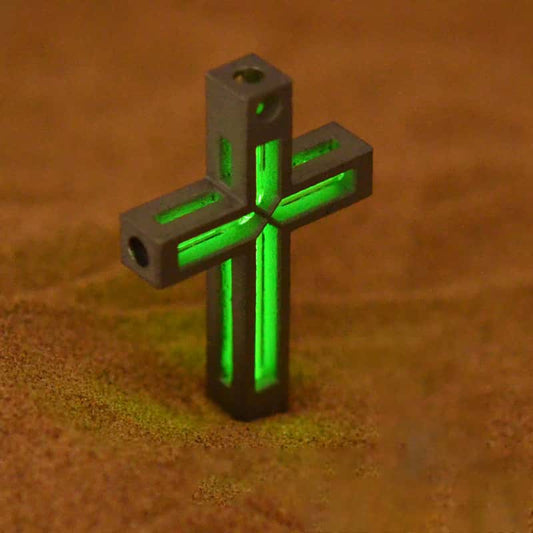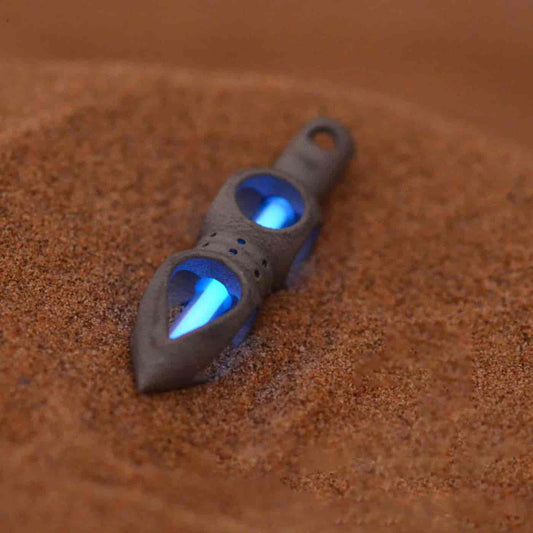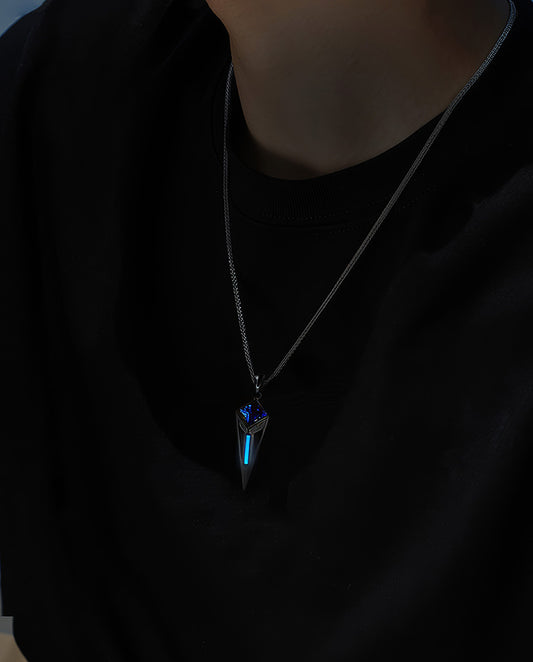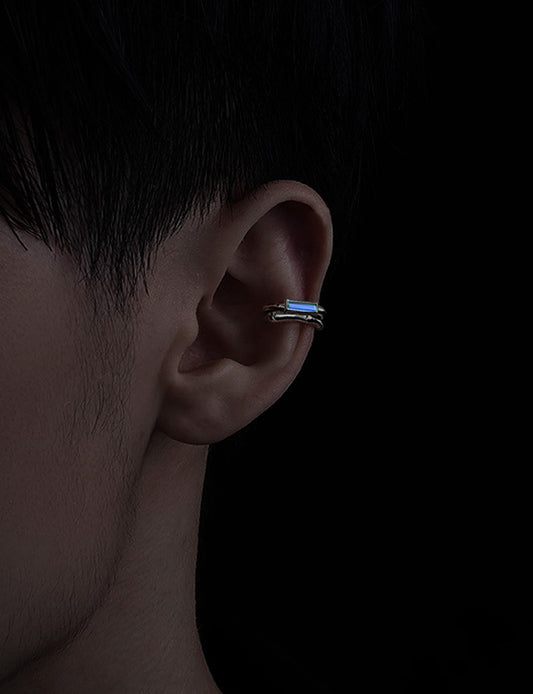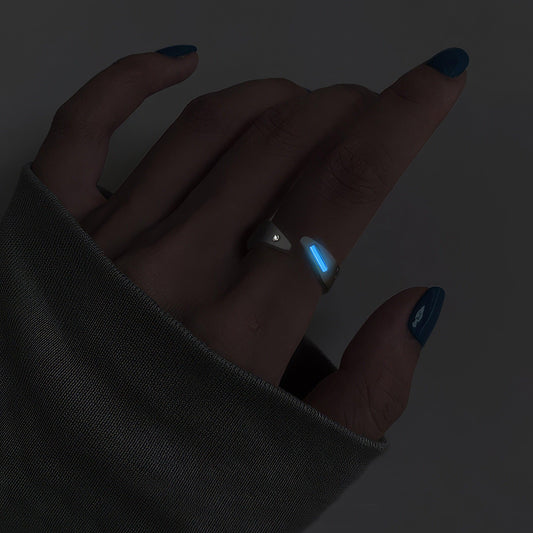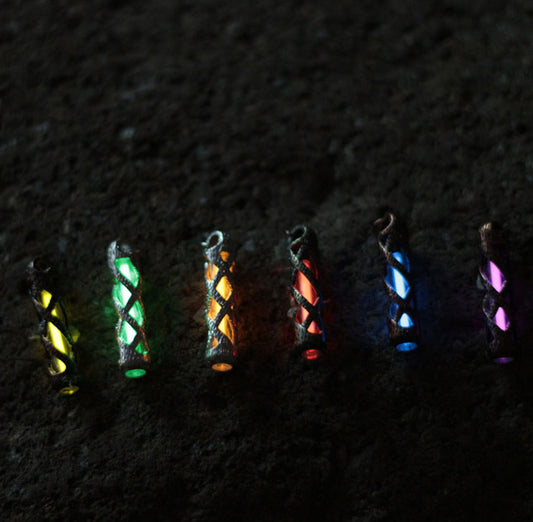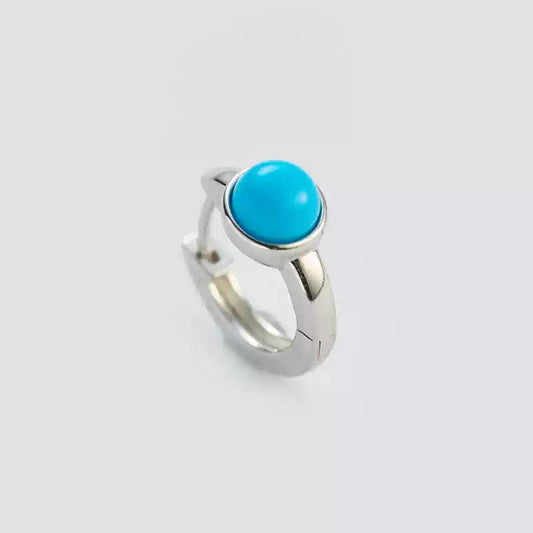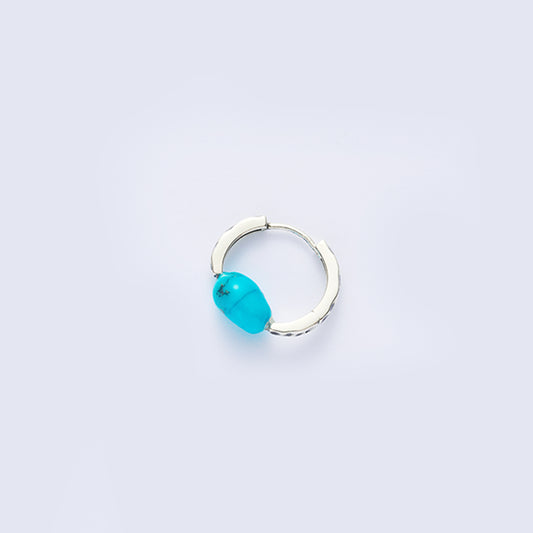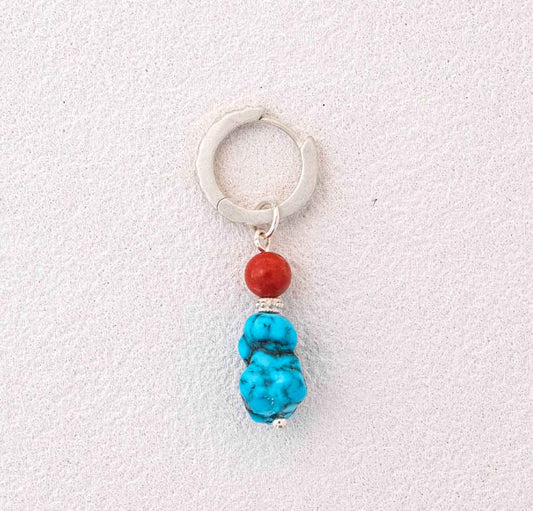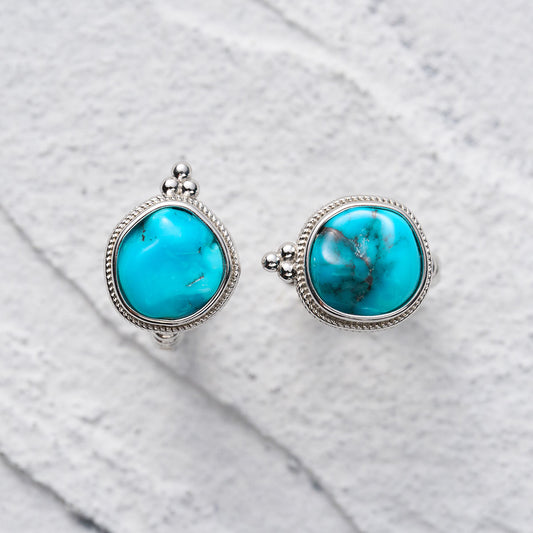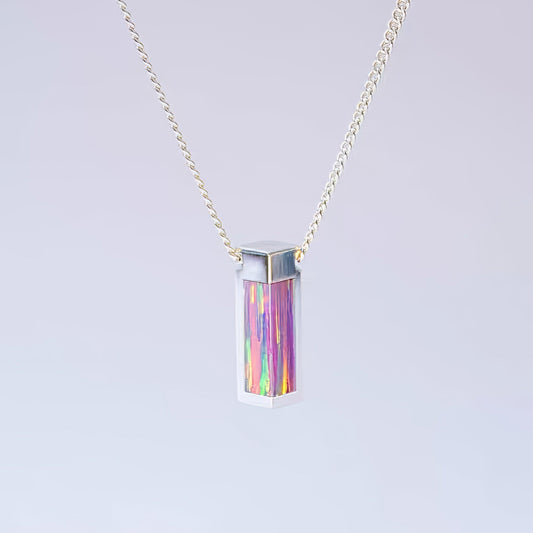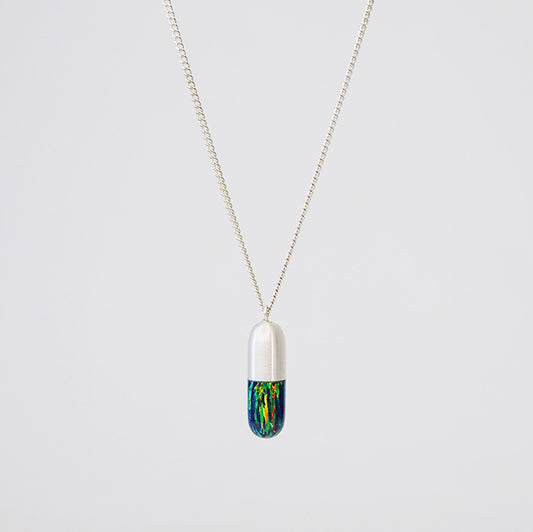Spotting the Real Deal How to Tell a Natural Diamond from a Lab-Created One
Spotting the Real Deal How to Tell a Natural Diamond from a Lab-Created One
A few months ago, when my cousin Sophia was getting engaged, she beamed with excitement as she showed me her sparkling new ring. As a jeweler's granddaughter, I naturally leaned in, drawn to the allure of the gem glistening under the café's soft lights. "It's a natural diamond," she said proudly, "but we did consider lab-grown too." Her words got me thinking about how people make that distinction and what it really means. After all, to the casual observer, a diamond is a diamond.
To delve into the mystery, let’s start with the basics. Natural diamonds take billions of years to form, deep within the earth under immense pressure and heat. In stark contrast, lab-created diamonds—though chemically identical—are cultivated in a fraction of the time in a controlled environment. It's like watching a time-lapse of earth's processes without the wait. The key difference is not in their sparkle but in their story.
Back in college, I remember a professor mentioning how the sparkle or "fire" of a diamond can often mislead. Both natural and lab-grown diamonds share that dazzling dance of light, thanks to their identical structure. However, technological advancements mean the human eye alone often falters at spotting the distinctions. That’s when diamond grading and certifications come into play.
Sophia's ring bore a hallmark from the Gemological Institute of America (GIA), which is essential for anyone on a diamond quest. The GIA, along with other institutions, analyzes and grades diamonds based on the "Four Cs": carat, color, clarity, and cut. While these grades apply to both types of diamonds, the origin is crucial. For those who crave authenticity or want a piece of earth’s legacy, that grading report is invaluable.
A quirky yet useful tip came from an old jeweler I once met at a flea market. He swore by the "breath test": Exhale onto a diamond, as you would on a chilly morning glass. Natural diamonds disperse the fog almost instantly due to their high thermal conductivity, while some lab-grown counterparts might linger with fog a second longer. It’s an old-school trick, not foolproof, but interesting nonetheless.
Beyond the technical, the cultural significance of the diamond continues to evolve. Natural diamonds carry a weight of history, like a family heirloom passed down generations. On the other hand, lab diamonds often come with the modern appeal of sustainability, free of the environmental and ethical concerns sometimes tied to mining. It’s a decision that reflects personal values as much as aesthetic preference.
So, what does this mean when choosing a diamond? It boils down to more than just sparkle. It’s about understanding the narratives and values each stone represents. Whether you choose a natural diamond steeped in history or a lab-created gem with a nod to the future, what's most important is the story you want your jewelry to tell. Just like Sophia, find the piece that resonates with you, and let it shine on.
